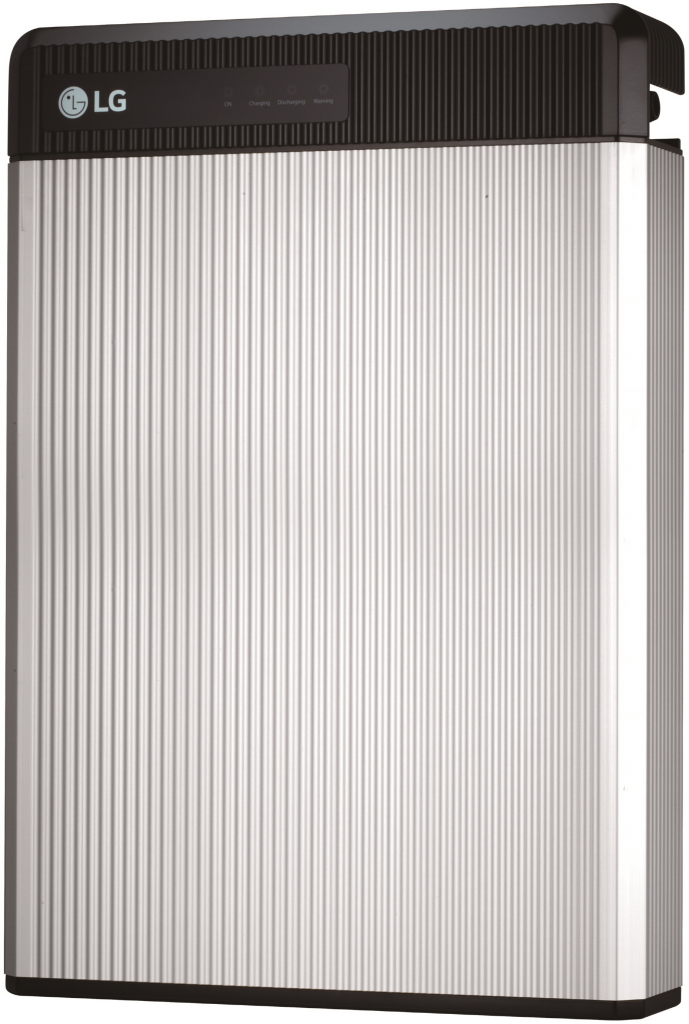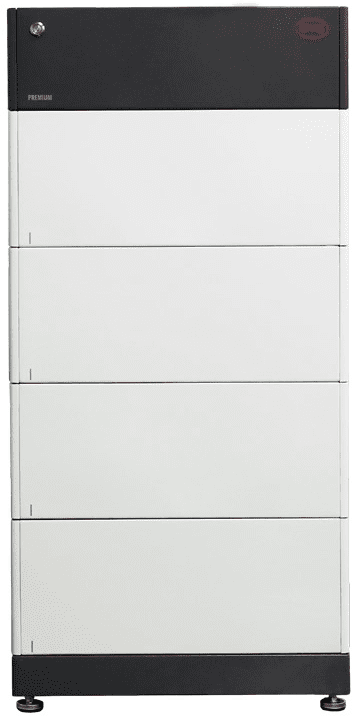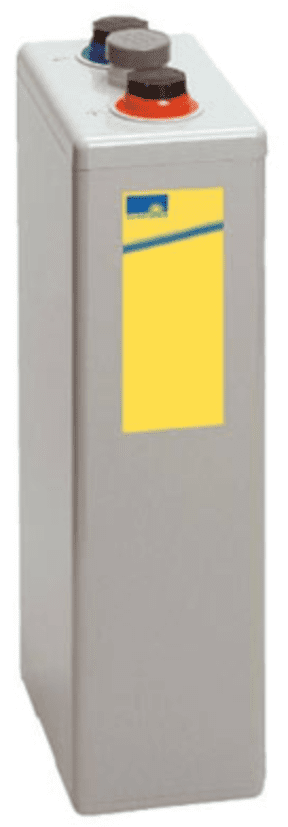There are many different batteries available for your home solar system. The Battery Test Centre in Canberra is currently testing 17, with a further nine having already been tested. It’s a lot to consider. Luckily, GI Energy have years of experience installing solar batteries. This article with give our take on Telsa battery vs BYD battery vs sonnen battery vs Sungrow battery vs LG battery.
For a list of commonly asked solar battery questions click here
Tesla Battery

Everyone knows Tesla. The company has single-handedly created the electric vehicle market in the Western world, and their Powerwall is a very popular battery.
Brand. Be the envy of all your neighbours by owning a Tesla. And you can’t deny it’s a good-looking thing.
Power. It can output up to 5kW of power, which is above-average for solar batteries.
Quality. Being built in the USA, the build quality of the Powerwall is high. They don’t have years of experience, but the assumption is they will last a long time.
☹ Size. The minimum size is 13.5kWh, which is larger than many people need. Of course, this makes it expensive.
☹ Efficiency. The round-trip efficiency is 90%, meaning you lose a reasonable amount of power, compared with others such as BYD (>95%).
See our Tesla review here
Telsa Battery vs sonnen

Not as well-known as Tesla, but they’ve been in the game much longer, and were the original AC-coupled sleekly-design battery.
Australia-German. The sonnen is made in Australia, and is engineered in Germany. Support your fellow Aussies, while taking advantage of European expertise.
Flexible. Unlike the Tesla Powerwall, the sonnen comes in 2kWh intervals, so you can get the perfect size for your needs.
Warranty. They’re covered to have 80% of their capacity after 10 years. Tesla is only 70%. This means they’ll be usable for longer, meaning better value for money.
☹ Indoor-only. It’s not waterproof, so it can’t be outside. That said, given the design, it can be easy installed to not be an inconvenience. You can also buy an outdoor enclosure, if you so desire.
☹ Lower power. It can only output 3.3kW, which is enough for many things (lights, electronics, some cooking) but not everything (AC + cooking etc)
Read our sonnen review here
More info on sonnen here
Tesla Battery vs Sungrow

Sungrow are the worlds largest solar inverter manufacturer and they now have a battery of their own.
Large business. With Sungrow being the worlds largest inverter manufacturer and also now the biggest for sales volumes in Australia, you know you are backed by a big business for warranties if you need them.
Modular. The Sungrow battery comes in 3.2kWh modules so you can stack them up from 9.6kWhs of storage up to 25.6kWhs of storage very easily.
Compatibility. Sungrow make the hybrid inverter that gos with this battery as well as the battery itself. This means you do not have potential compatibility issues using an inverter from one manufacturer and a battery from another.
Price. The Sungrow battery is certainly not the cheapest battery (which is a good thing – the cheap ones usually fail quickly) but it is very cost effective and offers great value for money.
☹ Looks. They don’t look as cool as a Tesla or sonnen will in your garage.
Tesla Battery vs LG Chem

The one we’ve installed the most of, and very popular in the industry. Made by the giant LG, it’s hard to go wrong with this solid choice.
Korean. South Korea is one of the technological capitals of the world, famous for making advanced, high-quality products.
Affordable. Compared to other options, the LG Chem Resu is very competitively priced.
Small. Again compared to other options, the LG Chem Resu is surprisingly small, in part because of the NMC battery chemistry.
Company. LG started in the 1940s, and made their first mass-produced lithium battery in 1999. They have the experience to know what they’re doing, and the size of the company means they’ll be able to support you if you do have any issues.
☹ Limited sizes. The LG Chem Resu comes in 6.5kWh, 10kWh, and 13kWh. This will cover most people, although perhaps you need exactly 8kWh or 16kWh – in which case, the LG may not be for you.
☹ Older. The current model of the Resu is reaching it’s end-of-life, as it’s been around for a few years. This means the technology is a bit older than BYD, for example, who are releasing a brand new range in 2020. That said, it’s likely LG will release their new batteries soon too.
Read our LG Chem review here
More info on LG Chem here
Tesla Battery vs BYD

The Chinese behemoth BYD is one of the largest electric vehicle and battery manufacturers in the world. Their new range, the BYD Battery Box Premium series, is currently being released.
Huge power. Up to 20kW of power output (30kW peak), meaning it can power your entire home (and probably your neighbour’s!)
Capacity. The LVL can be configured to store up to 983kWh of power. That’s enough to run the average house for a month and a half! Admittedly, that much battery storage would probably cost more than your house.
Scalable. You can also go small. Many of the models can be sized in 2~4kWh increments. And you can always start small and add more later.
☹ Indoor-only (LVL). Although the other models can go outside.
☹ Smallest is 8kWh. Until the HVS and LVS are released in Australia, the smallest you can current go is the 8.3kWh HVM. Once the others are released you can go as low as 3.8kWh though!
Read our BYD review here
More info on BYD here
Sonnenschein
This is a lead-acid battery, similar to the one in your car or one you’d find in a golf cart or motorhome. Sonnenschein is owned by GNB.
Cheap. Being lead-acid batteries, a technology that has been around for over 150 years, they can be bought without too much expensive.
Established. It’s a tried-and-true technology, having been used for decades.
Off-grid. Because of the previous two, lead-acid batteries are perfect for off-grid solutions, where you are not space-limited, but you need large amounts of storage for a low price.
☹ Low depth-of-discharge. Lead-acid batteries can only be discharged to ~50% before damaging them. Lithium batteries can go as low as 95%. This means you’d need twice as many lead-acid batteries for the same amount of usable storage.
☹ High degradation. The lifespan is ~5 years, compared to a lithium’s ~10.
☹ Physically large. For the same size and weight, they store a lot less energy than lithium batteries, so you’ll need more of them.
More info on Sonnenschein here
Conclusion
Hopefully this has given you a bit of a clearer solution as to which battery is best for you. Do you value capacity? Power? Warranty? Bragging rights? Price? Whatever you want, there’s an option for you.
Want to speak to one of our experts? Get in touch!
Here are some other links you may find helpful:










